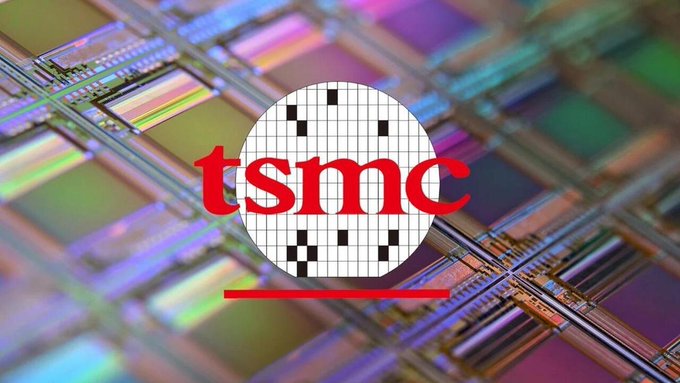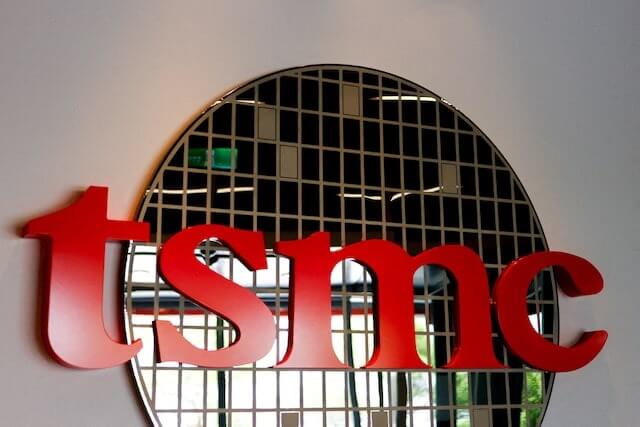TSMC 2nm Wafer: A new wave of price hikes could be looming in the tech world—and this time, it’s not just about inflation or flashy features. According to recent reports, TSMC’s 2nm wafers are coming with a jaw-dropping price tag of around $30,000 per unit, potentially forcing chipset giants like Apple, Qualcomm, and MediaTek to significantly raise prices on their next-generation silicon.
Table of Contents

Let’s break down how this ripple effect could hit your wallet—and your favorite devices.
TSMC 2nm Wafer: 2nm Price Shock – Why Your Next Smartphone Might Be More Expensive
TSMC’s 2nm Wafers: Cutting-Edge Comes at a Cost
Earlier this month, TSMC officially started accepting 2nm wafer orders, marking a new chapter in chip manufacturing. The 2nm process is expected to bring major performance and efficiency gains—but at a hefty cost.
- Estimated wafer price: $30,000
- Higher than 3nm by a significant margin
- Potential cost relief only if production scales massively
That’s bad news for chipmakers—and possibly worse news for consumers.
The Chipmakers’ Dilemma: Performance vs. Price
Companies like Apple, Qualcomm, and MediaTek face a tough decision. They want to stay on the cutting edge with 2nm chips, but the costs may be too high to absorb internally. That means they may have to pass the burden to device makers—or directly to consumers.

Here’s how it could play out:
- Apple is rumored to use 2nm only in iPhone 18 Pro and Pro Max, skipping it for base models to manage costs.
- Qualcomm is planning two 2nm chipsets, including the Snapdragon 8 Elite Gen 3, potentially for high-end Androids launching in 2026.
- MediaTek might leverage pricing flexibility, possibly using aggressive pricing on the Dimensity 9600 to gain market share.
No Price Hikes This Year—But 2026 Is Another Story
For 2025, most flagship chipsets will likely continue using TSMC’s 3nm third-generation process, which means price hikes might be avoided—for now. But as production ramps up and 2nm becomes the new standard, the cost dilemma could become unavoidable.

Could Dual-Sourcing Save the Day?
To ease the pressure, Qualcomm and others are rumored to be exploring dual-sourcing options, including working with Samsung Foundry. While Samsung’s advanced nodes still trail TSMC in yield and efficiency, they might provide a necessary bargaining chip to keep pricing competitive.
Will Consumers End Up Paying More? Probably.
With chip prices going up, it’s likely that flagship smartphones, tablets, and laptops in 2026 will also carry higher price tags—especially premium models. Unless manufacturers find a way to cut costs elsewhere, we’re looking at a wave of more expensive devices powered by next-gen 2nm silicon.

So while the performance jump will be real, so might be the dent in your wallet.
As the semiconductor industry pushes boundaries with 2nm technology, the cost of innovation is becoming harder to hide. Whether through selective upgrades like Apple’s rumored strategy or more aggressive pricing from MediaTek, the effects of TSMC’s expensive wafers will be felt across the board.
For now, consider this a preview of where smartphone pricing is headed—and why your next upgrade might cost more than you expected.
FAQs
Why are 2nm chipsets more expensive?
TSMC’s new 2nm wafers are estimated to cost around $30,000 due to the complexity of the manufacturing process.
Will all phones in 2026 use 2nm chips?
Not likely. Only premium models, like iPhone Pro variants or flagship Androids, may use 2nm initially.
Read more: Realme C75 & C73 India Launch: Price, Specs, Colors & Availability Leaked








